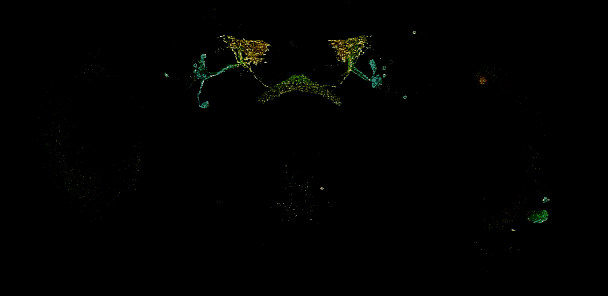MY HONORS THESIS PROJECT
Starting in Spring of 2018 of my sophomore year at Louisiana State University, I began my work into sleep deprivation using the model organism Drosophila melanogaster under my mentor Dr. Alyssa Johnson. Over the next two and a half years, we worked to genetically engineer an optogenetic fly model that would have its sleep reduced via light activation. We did this in pursuit of answering a long standing question: can enhanced lysosomal function suppress the negative physiological impact caused by sleep deprivation? In the process, I developed multiple optogenetic models to be used as tools for future study into sleep and associated neurodegenerative diseases.
Honors Thesis Paper:
This is an image of the Drosophila Activity Monitor, DAM-2, from TriKinetics that I used for my Honors Thesis Project.
On a fateful afternoon at the beginning of my sophomore year, I had no idea that walking into Dr. Johnson’s office with what I thought was a simple question about sleep would lead to a multi-year endeavor to answer. Over the course of this project, I’ve learned that science and scientific discovery is not as straight forward as my schooling has lead me to believe. Science is a dough that you must knead over and over again and when you fail, you must try another strategy. I had to get back up on several occasions which put my problem solving and patience to the test. With the rise of covid-19 at my university, LSU students had been told to leave campus and research activity was halted. From this, I ultimately ended up losing my sleep deprivation model because my research requires constant maintaining due to the nature of fly genetics. I have a substantial amount of data on my sleep deprivation model and am now looking to use my characterization of my model as my Honors Thesis.
My model uses and optogentic caspase strategy to target and destroy fly sleep neurons with a binary expression system via natural apoptosis. My mentor and I examined other approaches such as mechanical rotation that ultimately were ineffective for our needs. Due to Covid-19, my Honors Thesis has since shifted in an unpredictable manner, but I still retain hope in continuing my research where I left off at a later date. From this experience, I have learned how research and data analysis is conducted, how to communicate and demonstrate my science to a variety of audiences of varying aptitudes, and found a deep appreciation for the scientific work that those before me have accomplished.




